Quick, name me some things that people hate more than the Star Wars Prequels!
Twilight, maybe? It is cinematic trash, but unfortunately even that pile of domestic-abuse-encouraging dung has more fans than the Prequels. And they’re making a Fifty Shades of Grey movie now! Maybe we should reevaluate some of the movies we’ve bashed in the past, considering how much worse filmmaking is about to get with a glut of young adult adaptations and sequels to movies that no one actually liked.
Either way, there’s few things out there in pop culture hated more than those three infamous movies. By no means can anyone say that they’re classics, but looking back at them now, I’d prefer bad movies of their quality than *cough hack wheeze* Grown Ups 2.
The most hated of them happens to be my personal favorite of the three: The Phantom Menace. I can’t find a single person who likes this one. In fact, whenever comparing opinions of the prequels, the general consensus says that the personal favorite of the majority is the third one.
Nobody likes Episode II. There’s not a single redeemable thing about that one.
But Episode I gets a lot of crap for several reasons. These reasons are, admittedly, quite reasonable. I know most of you know these already, but just in case, I’m going to rehash them now.
At the same time, I’m going to do something slightly controversial: I’m going to explain to you why The Phantom Menace is the best of the Prequels.
Note: It’s obviously worse than the original trilogy. If I even dared to think that, I should be sliced to pieces with a lightsaber and become one with the Force.
1. Freaking midichlorians.
This is the singular flaw that everyone can agree about: George Lucas completely mishandling his own franchise by saying that only people who had enough of these microscopic organisms could use the Force, which makes no sense. Anakin Skywalker is revealed to have over 20,000 of them, which seems impressive until you realize that the human body is made up of trillions of cells. In terms of cells, 20,000 is a tiny number. Considering the fact that Anakin’s only talent in this one is racing pods (we’ll get to that shortly), and he’s a good pilot and nothing else, this seems a little forced.
2. Little Orphan Annie.
Poor Jake Lloyd. One major film role, and it destroys your entire career. I’m the guy who doesn’t entirely blame him for this. Clearly George Lucas can’t write for or direct children. Portraying Vader as a kid also undermines the general badassness of the character, since he’s a freaking kid. And not the Chloe Moretz kind who will slice people’s legs off, the kind that screams “YIPEE” all the time and literally dance in the sand. Luckily, there was no way to make Anakin any lamer than he already was—
Speaking of Anakin…
It’s clear that Lucas wanted him to be an innocent little kid here so as to make Darth Vader more threatening by comparison. We already stated that Lucas can’t write child characters worth crap. What ends up happening is that it makes Anakin seem a bit…well, slow:
[springboard type=”video” id=”768063″ player=”ulfb001″ width=”480″ height=”400″ ]
As in slow in the Forrest Gump sense of the word. The first time I ever saw Anakin on screen, at the age of seven, I honestly thought he was mentally retarded. Anakin’s supposed to be nine or ten here, and most kids my age and myself were already far more emotionally developed than he was. The whole conversation back there is something that no child would ever say to anyone. It’s supposed to establish Anakin’s crush on Padme, but the problem with that is that if he’d been older than her and tried the same move, she’d call the Hutts on him. It would’ve been incredibly creepy if Anakin wasn’t so young already.
I’d also like to reiterate here that even if this was deliberate, Anakin is still playing the role of a sinister Forrest Gump. And obviously it’s incredibly difficult to portray mental illness in a movie without it being offensive. Look at Robert Downey Jr.’s “never go full retard” talk in Tropic Thunder: it explains why Sean Penn’s portrayal in I Am Sam is offensive to mentally challenged people while Forrest Gump is not: the former accidentally demonizes all people with mental challenges.
If this was all it was, than Anakin would be quite an offensive portrayal. However, he’s also clearly a psychopath in the making.
There’s a big difference between a psychopath and a sociopath. Sociopaths are incapable of creating empathetic connections. Psychopaths can, but are generally doing so to manipulate others.
And that’s the way he is for the entire film. In a way, it actually makes it better for me, since it clearly suggests that Anakin’s not exactly in his right mind. He seems very detached from his surroundings. This is due to Jake Lloyd being a kid actor and not being able to express the kind of emotional nuance that older actors have learned. But it makes Anakin seem apathetic to everything but his own needs, and that’s a perfect trait for a future Sith Lord to have.
Essentially put: Anakin is mentally unstable. Obviously, he cares about his mother, but only to the point where she’s the thing taking care of him. He cares about Qui-Gon, but only as the classic father role that the child of a single mother would attempt to find. He later replaces Qui-Gon with Obi-Wan and than Palpatine in this role. He cares about Padme, but it’s pretty obvious from the start that it’s only a sexual desire and nothing more.
This would actually make a topic that I’d like to explore in depth in another article, so I’m going to change topics for now.
3. Jar Jar Binks.
Supposedly racist stereotype aside, I was also one of the only people who seems to like Jar Jar Binks. But it’s easy to see why: he’s got a juvenile sense of humor, no manners, and had the honor of being the subject of Star Wars’ first poop joke. Such a stupid character has not been seen on screen very much since then. Despite that, I like Jar Jar for those reasons, because I have a very juvenile sense of humor sometimes. Plus I saw the movie when I was a little kid, so naturally back then I thought Jar Jar was hilarious.
In order to properly defend Jar Jar (and I’m probably the first person to ever do so), we’re going to ignore his characterization, and focus on his role in the film. It is because of Jar Jar that the Gungan army is assembled, and because of them that the Trade Federation is defeated. Sacrificing themselves so Anakin can destroy the mothership and Padme can capture the Viceroy was the downright bravest move in the entire movie. Racist as they may seem, the rest of the Gungans are no fools. It’s also demonstrated during the fight that they have an extremely well-constructed military strategy. They did retreat in the end, but they’re not quite as useless as first thought. While Jar Jar may have accidentally enabled Sidious to strike in later films, here he’s actually got a reason to be in the film aside for comic relief. And I’d take him over Michael Bay’s racist robots any day.
4. The Bland Plot and Acting.
This is another point that I can’t really defend. Aside from Liam Neeson and Ewan McGregor (naturally), the rest of the acting was either absurd or just plain old boring. Even Samuel “Do I Look Like a Bitch?” Jackson just sat there and expressed nothing. For some reason, Lucas told his entire cast to act as boring as possible. The plot, while it works in general, is mostly about trade regulations and there’s not much action. I’ll defend this aspect, too. But it’s not nearly as engaging as the original trilogy.
First of all, compared to the rather pedestrian plots of its sequels, Episode I has a far more contained plot, and works as a stand alone film much like the original Star Wars movie. In fact, the only parts of this one that had anything to do with the second and third ones were Anakin becoming a Padawan and Qui-Gon getting killed in the end. And Padme. Other than that, II and III correlate almost completely.
It’s also a far smaller scale film than its sequels. I revolves entirely around Qui-Gon and Obi-Wan, along with a Naboo loyalist militia and a Gungan army, trying to rescue the billions of inhabitants of Naboo from Trade Federation concentration camps. There’s a definite sense of dread the entire film, especially as we learn through Padme that millions are being starved and tortured to death by Darth Sidious’ forces. In its own weird way, it’s a lot more devastating than the classic Death Star destruction of Alderaan. Those billions died almost instantaneously, these people are dying slowly. It’s a point not often talked about, and it’s something I feel should be acknowledged.
Plinkett of Red Letter Media often accuses this one of not having a protagonist, but I’d argue that the protagonist here is actually Qui-Gon. We immediately establish that Obi-Wan is still a Padawan and has a bit of a reckless streak. Unlike Whiny McWhiner in the sequels, Obi-Wan’s recklessness is explained by his desperation to not only impress his master, but also because he’s constantly left behind while all the excitement goes on. Simply put, Qui-Gon and Obi-Wan’s arc isn’t about Qui-Gon himself, but conditioning Obi-Wan into becoming the great Jedi we see him as. But in the context of just this film, it’s Qui-Gon teaching Obi-Wan what it’ll take to survive alone.
Despite my brief criticism of Plinkett, you should check out his videos on that site. He’s actually one of the best and most well-thought-out film critics out there, even if that critic masquerades as a homicidal shut-in. Seriously, watch every one of his videos.
Qui-Gon also has a bit of an ego, which proves to be his downfall. Not once throughout the movie does he think he’s made a bad move, even though he’s spent the entire movie doing just that. Instead of sneaking onto the ship to escape Naboo, he deliberately engages the guards and eggs Obi-Wan into helping him. Check this apparently badass scene out for a perfect example of how bad of a Jedi Qui-Gon really is:
[springboard type=”video” id=”768059″ player=”ulfb001″ width=”480″ height=”400″ ]
The quality isn’t the best, but you see the blunder at the same time everyone else did. Instead of sneakily deactivating the droids with the Force, the trio literally jumps at them and catches the attention of every battle droid on the planet.
A better and earlier example is when they first meet Jar Jar, and manipulate him into taking them to the underwater Gungan city. Ignoring Jar Jar’s warnings that things won’t end well, they charge in only to be surrounded by Gungan soldiers. If not for Qui-Gon having to Jedi Mind Trick Boss Nass into giving them transport, they would’ve been killed on the spot. It takes the rest of the film for them to make amends with the Gungans, who could have potentially helped earlier if not for Qui-Gon’s showboating.
And of course, how the older Qui-Gon stupidly leaves Obi-Wan by himself in the middle of a duel with a Sith Lord, and ends up getting himself killed. In the earlier Tatooine lightsaber fight, Qui-Gon could barely hold his own against Maul. With Obi-Wan’s help, Qui-Gon could have lived. If Qui-Gon had lived, Obi-Wan would have become a Jedi knight as usual, but Anakin would probably be trained by Qui-Gon. Qui-Gon, being far more committed and already having Anakin obey his every word, could have trained him sufficiently enough that he’d never become Darth Vader. Of course, if that had all happened, we’d never have this gem to laugh at:
[springboard type=”video” id=”768061″ player=”ulfb001″ width=”480″ height=”400″ ]
Ah, Robot Chicken…
Luckily, though, Liam Neeson is such a fantastic actor that he takes what could have been a stock character and gives him multiple dimensions. Even here he shows how much Qui-Gon does care about Obi-Wan, and how committed he is to making Anakin a Jedi, even though it’s somewhat delusional.
5. Racist Stereotypes.
Jar Jar is debatable, although there’s been claims that he’s similar to the old “Uncle Tom” character (for those who don’t know, an “Uncle Tom” is the segregation-era portrayal of black people as stupid incompetent beggars. Think Driving Miss Daisy or that more recent piece of crap, The Help). Worse off still is the accusations that Watto is supposed to be Jewish (because he’s got a big nose and is incredibly greedy. As a Jew, I didn’t notice this until years later), and that the Viceroy and his cronies are supposed to be Asian (they talk almost exactly like Kim Jong Il in Team America). I’m pretty sure all of this was by accident, since by assuming that those characteristics represent certain races, that’s actually pretty racist by itself. But that’s not a discussion for this article.
BONUS ROUND!
There’s also another way in which I like this film: the action. More specifically, that pod race. Diss the rest of the film if you want, but that entire thing was perfectly constructed. It even works by itself as a short film. I’ve pulled up the extended edition version for your enjoyment:
[springboard type=”video” id=”768075″ player=”ulfb001″ width=”480″ height=”400″ ]
No more explanation needed.
This, however, does not apply to the lightsaber fights. Episode III had the best of the entire series, despite being a piece of crap in almost every way. Except for Grievous, he ruled. I won’t show the “Totally Phantom Menace” video that showed exactly how crappy the lightsaber fights were, so I’ll placate you with a picture of General Grievous, AKA the best thing about Revenge of the Sith:
The final point I’m going to make plot wise is a partial rehash of the first point: it works as a standalone film. The final scene consists of a celebration of peace between the humans and Gungans. It’s pretty standard considering it’s paying tribute to the original, but it does give a definitive end to the plot. Gungans win, humans saved from imprisonment. Worldwide celebration. That’s what it’s all about.
Final final point, and possibly the only one that can’t be argued about: John Williams kicks as much ass as always. No matter how bad the movie, he’s always there to provide a top notch score. He doesn’t disappoint. Instead of the classic “Duel of the Fates,” here’s my personal favorite Episode I song:
[springboard type=”video” id=”768081″ player=”ulfb001″ width=”480″ height=”400″ ]
I hope that pepped you up as much as it did for me. And hopefully you enjoyed an alternate perception on an almost universally hated film. Personally, I’ve loved it primarily because it introduced me to Star Wars. And despite its many flaws, it’s also the film that cemented my desire to become a filmmaker too. That and the original Superman movie. Back when he had underwear!
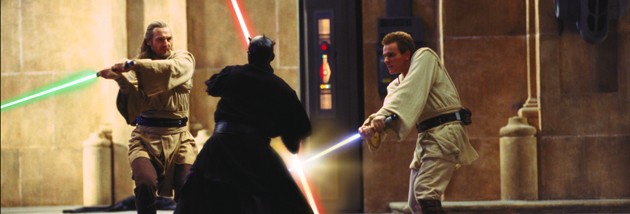
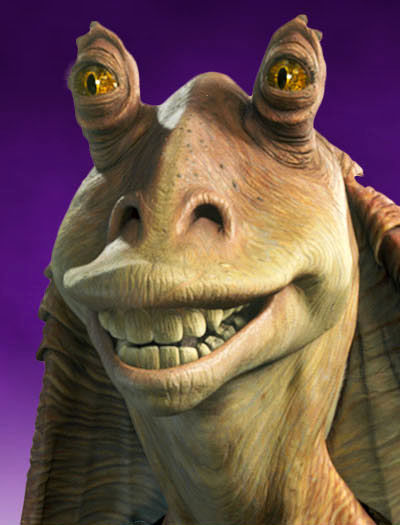
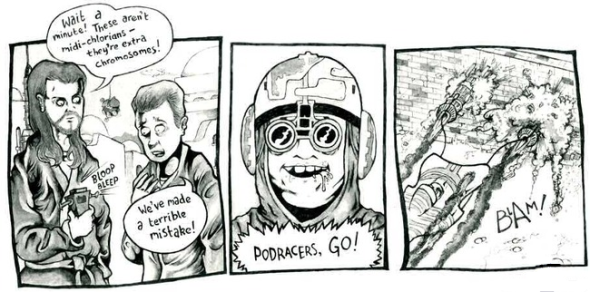
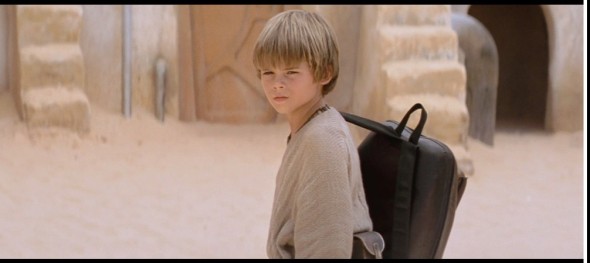
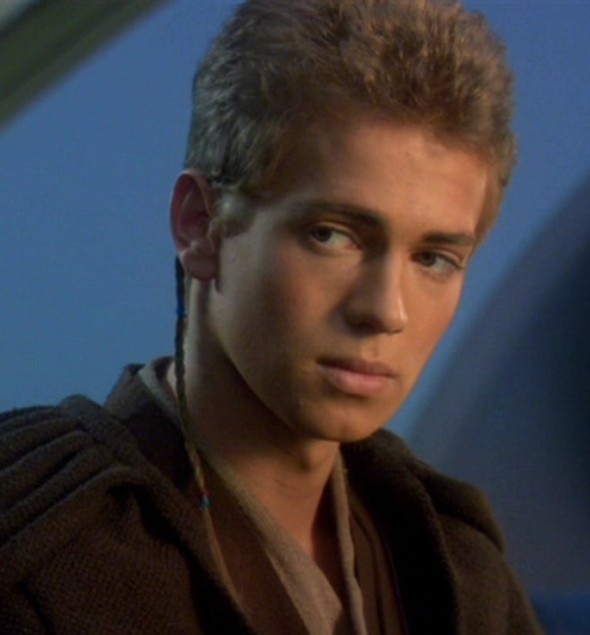
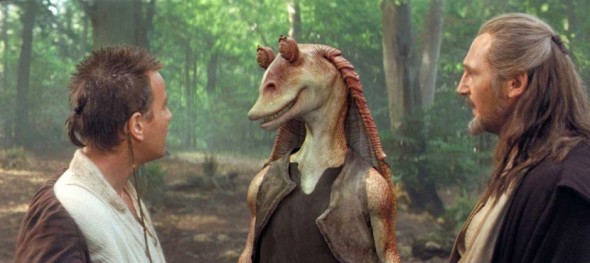
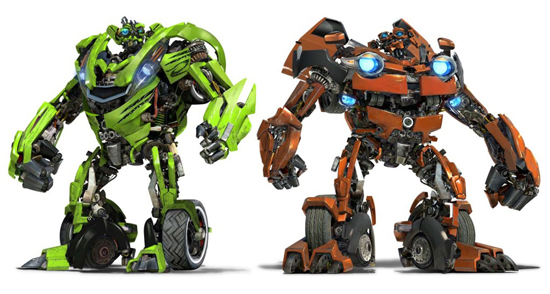
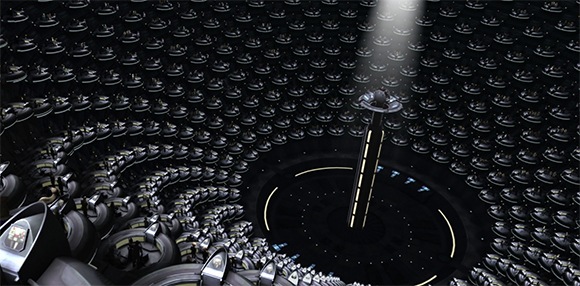
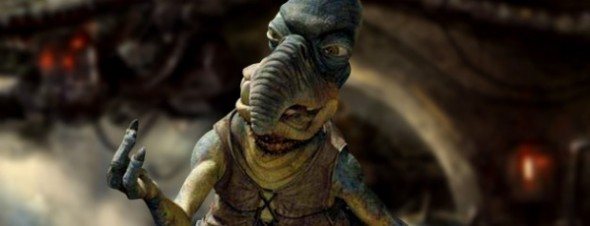
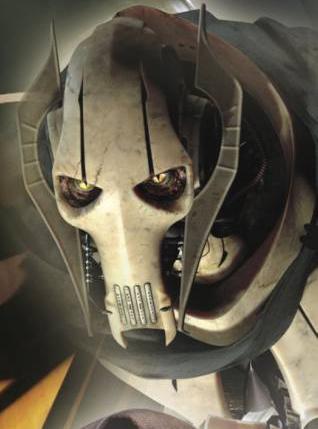
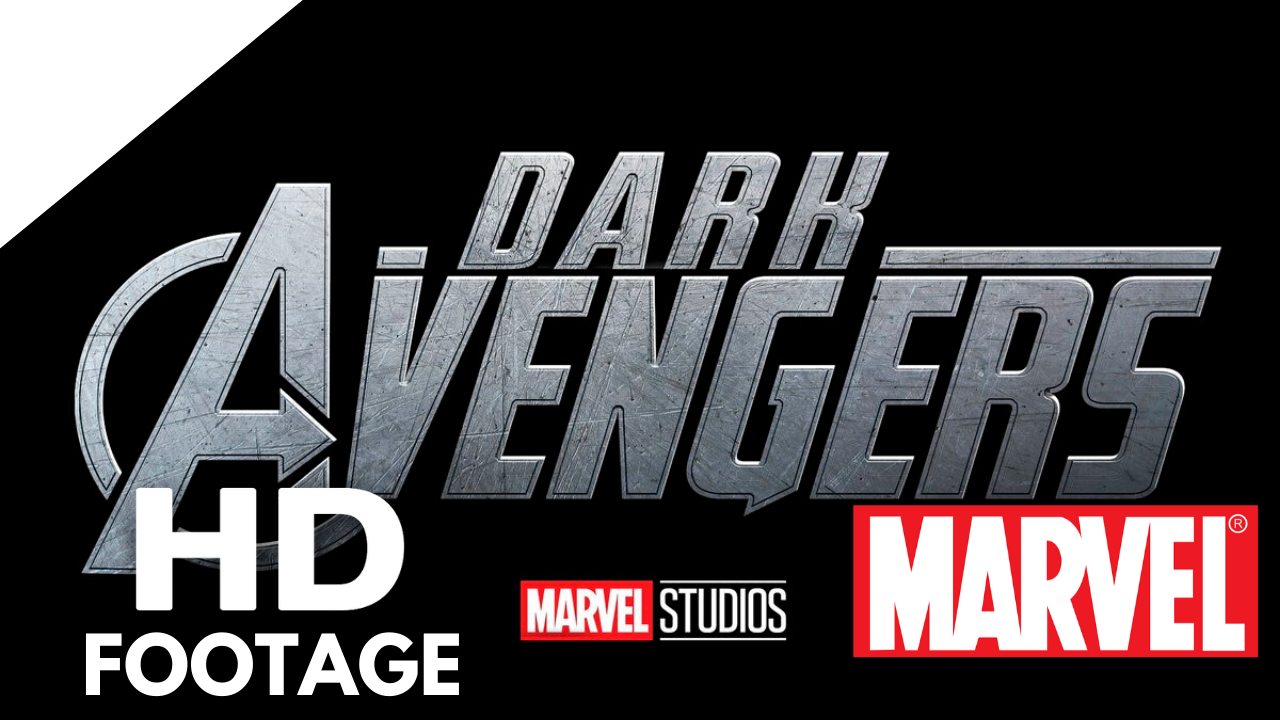
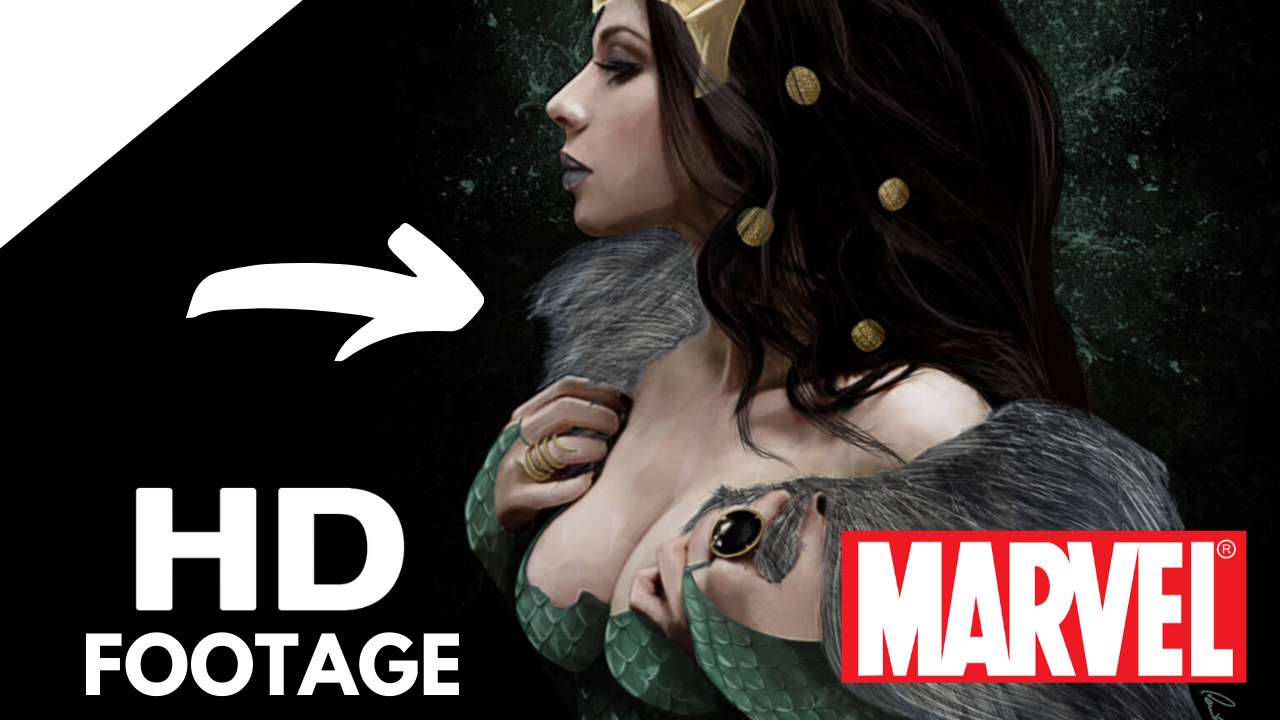
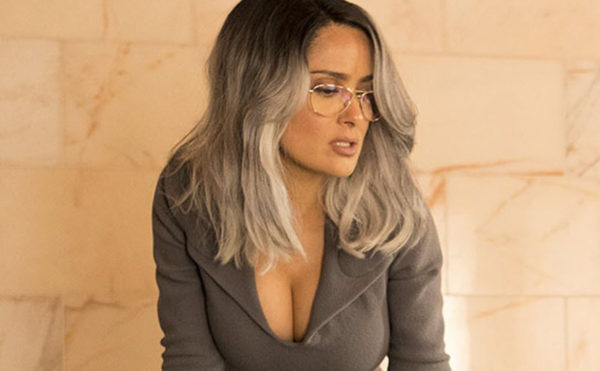
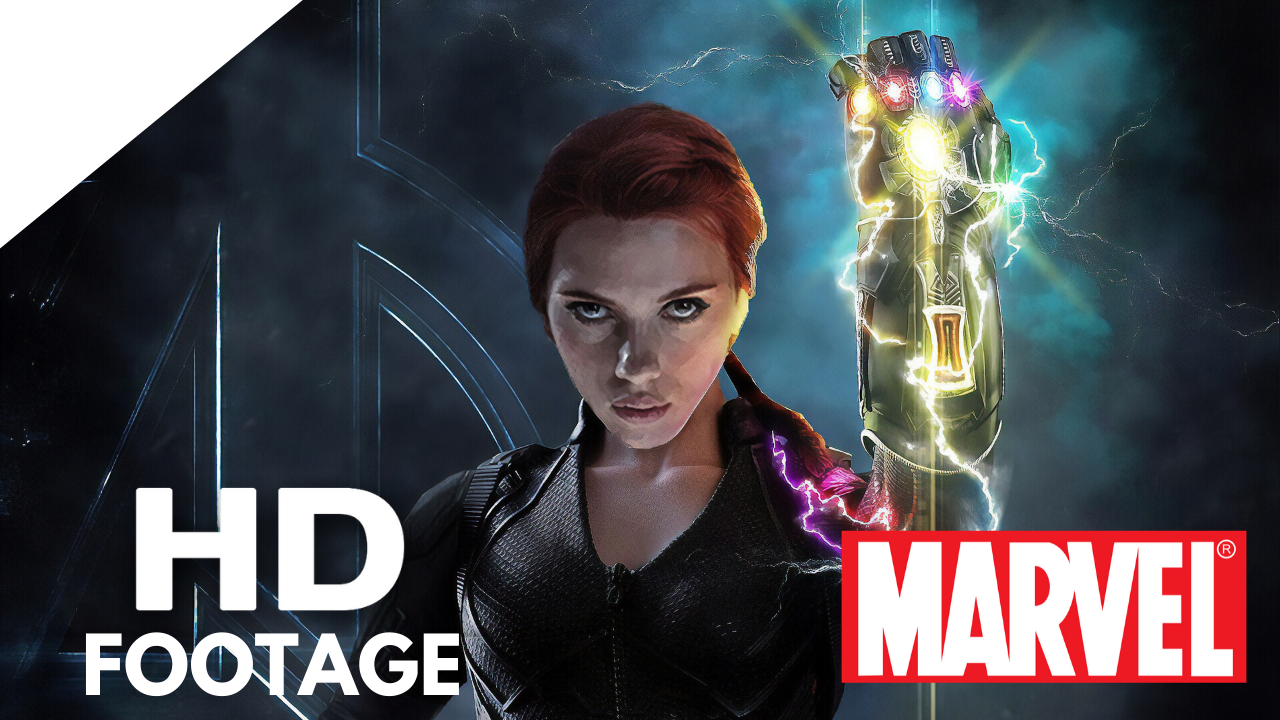
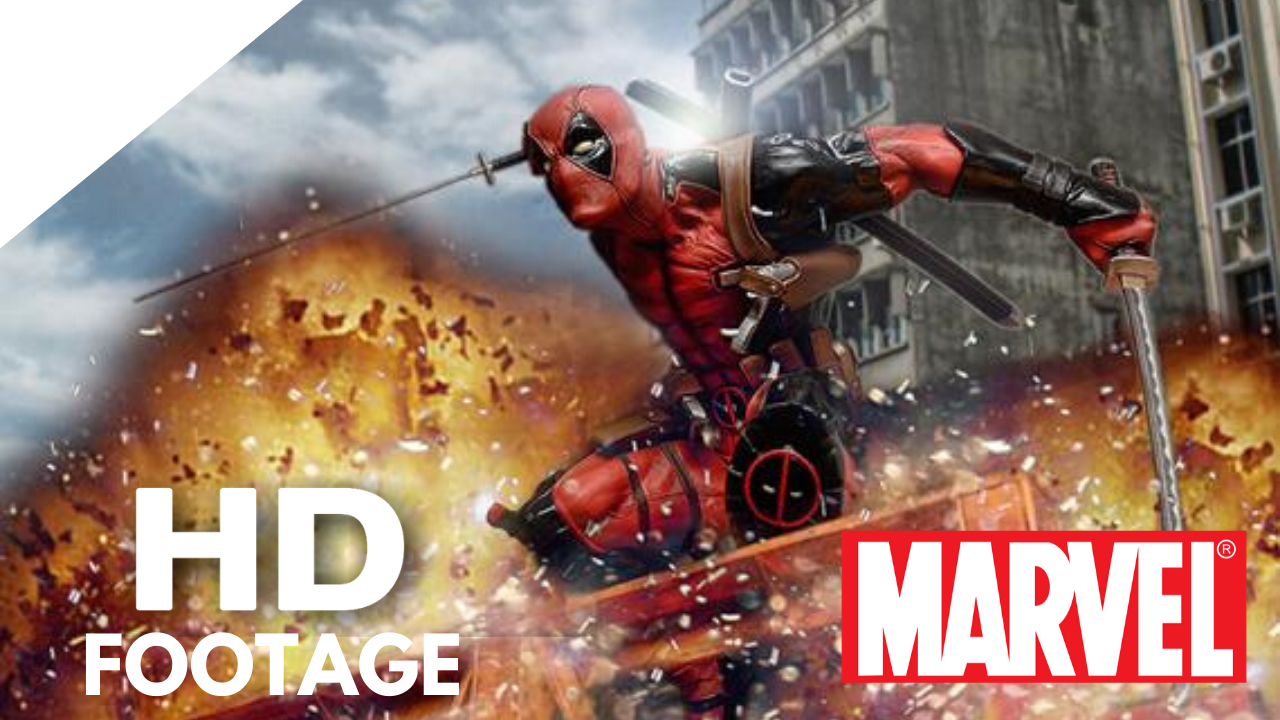
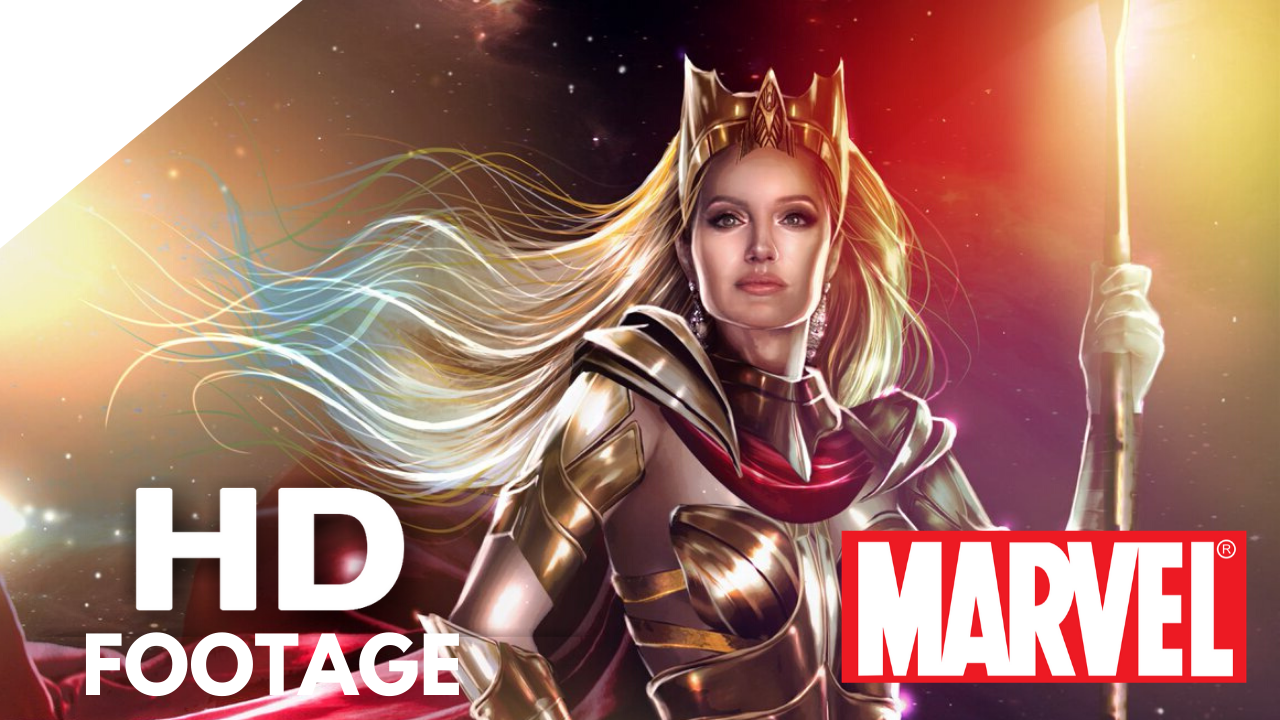
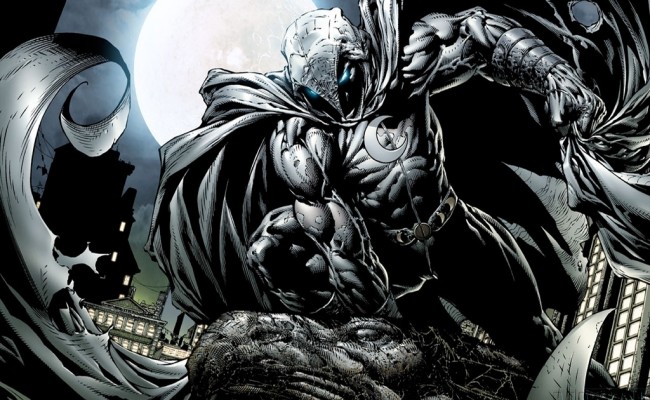
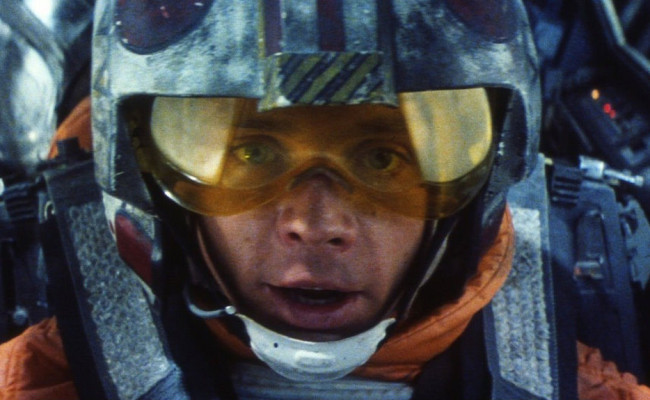
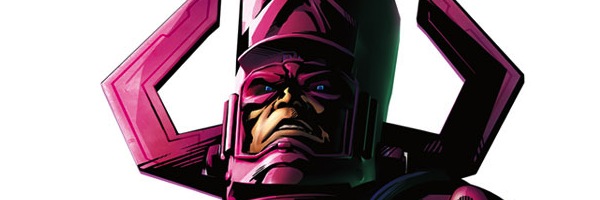
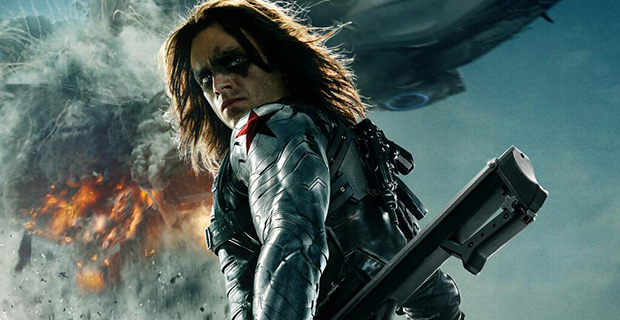
S#!T Talking Central